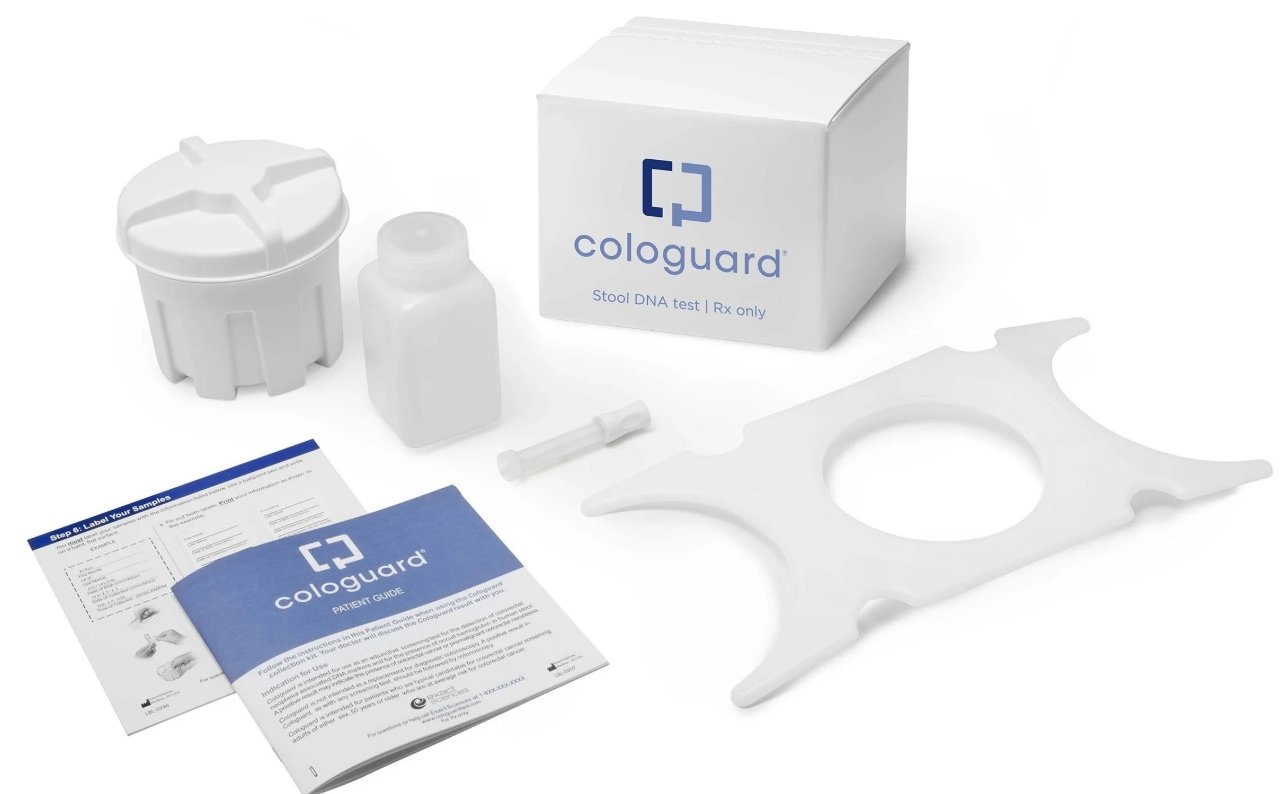
Can you explain what GPCR heteromers are and why they are a promising target for cancer therapeutics?
Before I answer your question about heteromers, let me explain what GPCRs are first. GPCRs represent the largest protein family that consists of 7 transmembrane proteins located on the cell membrane. They transmit chemical signals from extracellular stimuli resulting in key physiological effects. Their endogenous ligands include hormones, neurotransmitters and chemokines.
GPCRs have been implicated in many diseases, such as type 2 diabetes mellitus (T2DM), Alzheimer’s disease, and cancer as well as many others. As of 2020, 142 compounds were in clinical trials targeting 83 different GPCRs (19 are novel GPCRs with no previous FDA-approved drugs).
Based on technology from Seoul National University that has been pursued at GPCR Therapeutics, Inc. we know distinct GPCRs can associate with other GPCRs forming heteromers. When both ligands are present, they amplify the signal induced by each ligand-receptor pair alone. Using a bimolecular fluorescence complementation (BiFC) technique, the team discovered over 1000 interactors of two distinct GPCRs coming together to form a heteromer.
The team then focused on one GPCR called CXCR4, which plays a critical role in cancer progression. CXCR4 drives cell migration, metastasis, angiogenesis, proliferation and survival. Multiple CXCR4 inhibitors have failed in the clinic; however, we believe a blockade of multiple pathways could be the key to getting a sustained therapeutic benefit.
Can you walk us through your drug discovery and development process, from identifying potential targets to clinical trials?
We identified over 40 GPCRs that associate with CXCR4. We then prioritised the list to GPCRs where the ligand was known. This allowed us to perform functional assays like calcium flux assay to determine if we see additive or synergistic effects. The top selected GPCR that was selected was the beta 2 adrenergic receptor (β2AR).
So why β2AR? Many similar qualities are shared with CXCR4. Interestingly, this target also plays an important role in cancer. Firstly, the ligands for this target, Epinephrine (Epi) and Norepinephrine (NE) are induced under stress. Patients diagnosed with cancer experience significant stress, and this stress promotes tumorigenesis, proliferation, angiogenesis and immunosuppression. For their immunosuppressive role, Epi and NE induce suppressive immune cells, such as M2 or MDSCs in tumour microenvironments. In addition, a number of studies have shown that cancer patients on non-selective beta-blockers, such as propranolol, have improved PFS and OS.
While propranolol was commercially available, it was critical that we acquire a CXCR4 inhibitor and preferably one that had been tested clinically. We acquired Burixafor, now known as GPC-100, from a company called Taigen. A review of their clinical data showed exciting safety and efficacy in stem cell mobilisation. From our in vivo stem cell mobilisation studies, we found the addition of propranolol improved the mobilisation of cells driven by GPC-100. Concurrently, we embarked on the synthesis of a GMP-grade new drug product, identified a clinical CRO and initiated a clinical trial design.
What specific types of cancers are you currently targeting with your therapeutics, and what progress have you made in these areas?
Because the US clinical study previously conducted in stem cell mobilisation in a number of hematologic malignancies showed promising data, we decided to focus on Multiple Myeloma. Currently, the trial is a two-arm study with each arm having 20 patients. In the first arm, patients will be treated with a low dose of propranolol and GPC-100. The second arm is a triple combination which includes GPC-100, propranolol and G-CSF. We are excited to report that our first clinical site was activated on February 14, 2023. With respect to future trials, GPC-100 plus propranolol can be extended to stem cell mobilisation in NHL or used as a chemosensitiser in AML. Finally, if our arm that omits G-CSF is successful, this gives us an opportunity to work on diseases where G-CSF is contraindicated, like Sickle Cell Disease.
How does your company plan to address potential challenges or roadblocks in bringing GPCR heteromer-targeted therapeutics to market?
We have recently published a paper in scientific reports, meaning that our co-targeting drug development strategy has been peer-reviewed and validated in academia. We plan to continue our work and expand our pipeline by targeting the interaction of CXCR4 and other GPCRs as well.
If our Phase 2 study is successful, it will increase the likelihood of finding a partner to collaborate with us in further developing this programme and bringing our therapeutics to market.
With whom have you partnered to further your mission and research?
A recent partnership between AdAlta and GPCR Therapeutics was established to evaluate a new cancer treatment approach combining beta blockers plus AdAlta’s CXCR4-inhibiting i-bodies. AdAlta is a clinical-stage drug discovery company developing novel therapeutic products from its i-body platform and we will evaluate AdAlta’s CXCR4 inhibiting i‑bodies as cancer therapeutics, using GPCR Therapeutics’ proprietary combination inhibition approach.
Can you speak to any recent milestones or successes that your company has achieved in its mission to develop cancer therapeutics targeting GPCR heteromers?
In the past seven months, we have opened up our own independent US laboratory site in the San Francisco Bay area. As mentioned above, we have recently published one paper which supports our heteromer hypothesis with another GPCR known as histamine receptor H1 (HRH1). HRH1 is widely expressed in various cancers, and, like ADRB2, the level of co-expression of CXCR4 and HRH1 is related to poor prognosis, in this case, in breast cancer patients. The simultaneous expression of both receptors leads to the formation of the CXCR4-HRH1 heteromer, and this complex demonstrates enhanced signalling and migration capabilities. We have also submitted an additional manuscript that provides evidence for ADRB2 and heteromer formation in cancer cell lines endogenously expressing each receptor using a time-resolved fluorescence spectroscopy technique. Of course, our biggest milestone was conducting the numerous steps that are required to initiate a clinical trial. The tremendous work that ultimately led to proceeding into the clinic with our first site activation in February, was incredibly rewarding.
How do you envision the future of cancer treatment and the role that GPCR-targeted therapies may play in this landscape?
As we progress forward, we cannot think about one size fits all. Precision medicine is critical. With the developments in AI, I believe that we will be able to genetically determine the profile of the tumour, and integrate that information with multiple databases leading to more precisely treating the patients with the correct drugs. What is also critical is to determine what combinations are appropriate. Since I was intimately involved in the rise of checkpoint inhibitors, I see their success but also am clear that not all tumours respond so we need to determine what is the best approach for these patients. I also suspect that CAR-T will make great advances eventually leading to more cures. Currently, there is a long delay to produce the cells and the side effect profile is not ideal. Hopefully, we will see advancement in allogeneic CAR-T or CAR-NK.
Because I have spent most of my career working on biologics, one area that I am particularly interested in is leading the company into this space. We only have one approved antibody drug targeting GPCR for cancer treatment. I see significant opportunities for us to consider bispecific antibodies that target two GPCRs or one antibody that can block the formation of the two GPCRs and thereby block signal crosstalk. To demonstrate our commitment to this area, we have recently hired an expert antibody engineer to move us quickly into this space.
Ayesha Siddiqui




